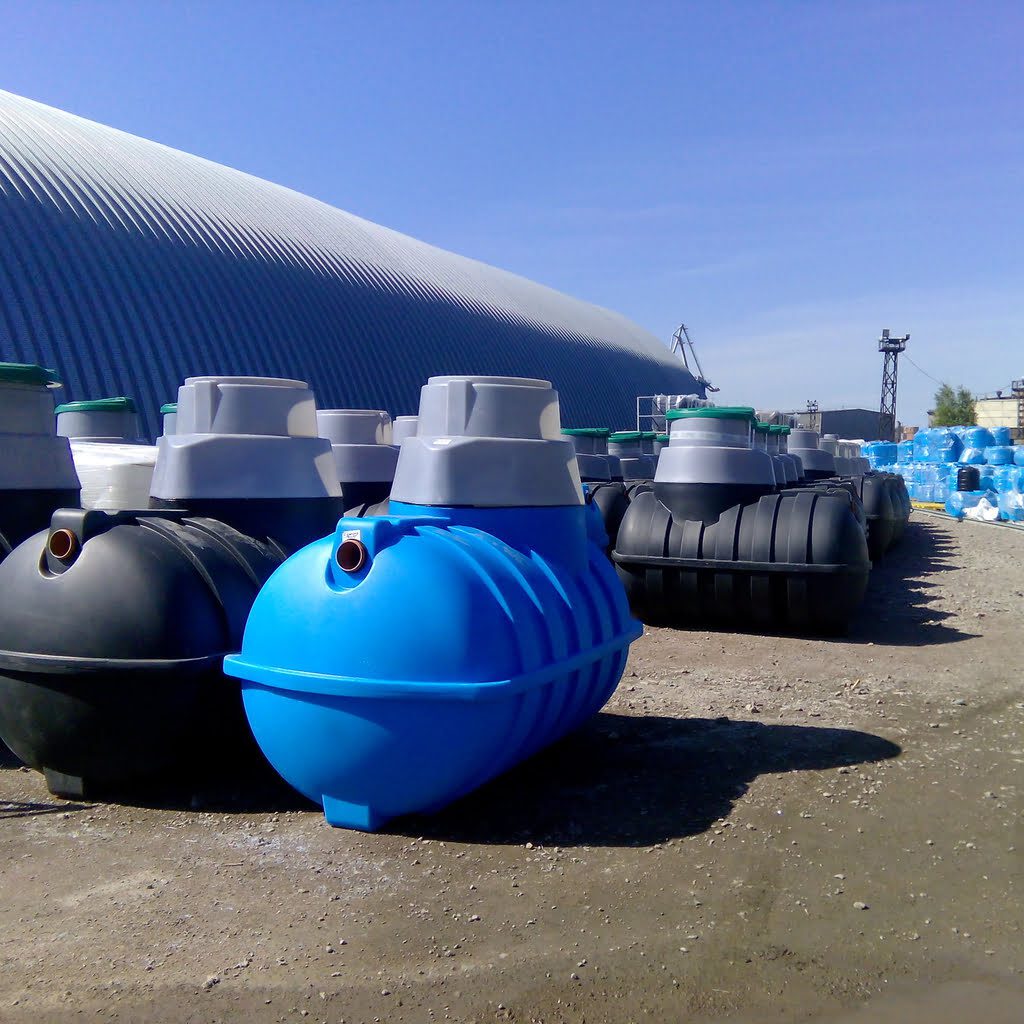What You Need To Know Before Converting Your Septic Tank To Public Sewer
Septic tanks are a common wastewater treatment system in rural areas, and they work by collecting wastewater from homes and businesses and treating it on-site before releasing it into the environment. However, many communities are converting their septic tanks to public sewers, which offer a number of benefits over septic tanks. If you’re thinking of converting your septic tank to public sewer, here are some things you need to know.

Septic tanks have been a common way to dispose of sewage for many homes for many years. However, as populations increase and more land becomes developed, the need for public sewers has become greater. If you are thinking of converting your septic tank to a public sewer, there are some things you need to know first. Here’s what you need to know before converting your septic tank to a public sewer.
What are the benefits of a public sewer?
There are several benefits to having a public sewer. Let’s take a look at some of the benefits:
- A public sewer is more sanitary than a septic tank. This is because a public sewer system collects wastewater from many homes and businesses, which helps to ensure that the water is properly treated before being released into the environment.
- A public sewer is also more environmentally friendly than a septic tank. This is because a public sewer system uses less water than a septic tank, and the water that is used is treated before being released into the environment.
- A public sewer is also more efficient than a septic tank. This is because a public sewer system can be used to collect wastewater from many homes and businesses, which helps to reduce the amount of water that needs to be treated.
What are the costs of converting to a public sewer?
The cost of converting to a public sewer will vary depending on the size of your property and the distance from the nearest public sewer. However, the average cost of converting to a public sewer is between $3,000 and $5,000. This is a one-time fee, and you will not be charged any monthly fees for using a public sewer.
What are the steps involved in converting to a public sewer?
If you are interested in converting septic tank to a public sewer, the first step is to contact your local public works department. They will be able to provide you with information about the process and the requirements for converting to a public sewer.
- The next step is to have your septic tank pumped and inspected. This is important because you want to make sure that your septic tank is in good condition before it is converted to a public sewer.
- Once your septic tank has been pumped and inspected, the next step is to contact a plumber. They will be able to connect your septic tank to the public sewer system.
- The last step is to have your septic tank pumped and inspected again. This is important because you want to make sure that your septic tank is working properly after it has been converted to a public sewer.
Converting your septic tank to a public sewer can offer many benefits, but it is important to make sure that you are aware of the costs and the steps involved in the process. If you have any questions, be sure to contact your local public works department or a plumber. They will be able to help you through the process and answer any questions that you may have.

https://www.google.com/maps?cid=9085182458872637476